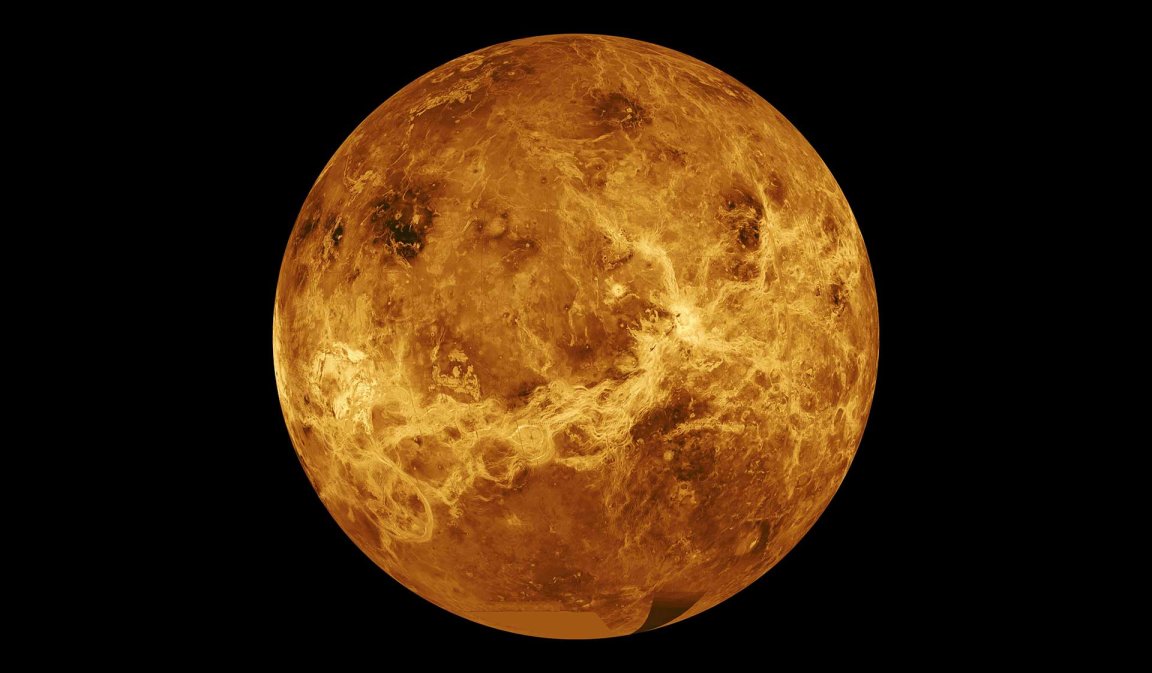
An Earth-Like Venus
We tend to think of Mars as one of the few planets that, like Earth, may have (or have had) the potential to hold life, but our infernal sister-planet Venus may have also once had oceans. New simulations from the Journal of Geological Research: Planets found that the planet oft-touted as exemplar of a runaway greenhouse effect, may have once formed an ocean. These findings, published online July 18, hypothesize that an optimal blend of cloud cover, carbon dioxide and water early in Venus’ lifetime would have been hospitable to life.

Venus in Autumn
Although Michael Way, an astrophysicist at NASA Goddard Institute for Space Studies in New York, wasn’t involved in the study himself, last year he and his colleagues surmised that Venus’ ultra-slow rotation — consisting of 116 Earth days — may have aided in the build-up of cloud cover such that the average temperature roughly 715 million years ago would have been a cool 15°C (59°F). Compared to Venus’ present-day explosive 460°C (860°F), these conditions are truly astounding and worthy of further exploration.
Continuing this investigation, planetary scientist Emmanuel Marcq, of the Université de Versailles Saint-Quentin-en-Yvelines in Guyancourt, France, and his colleagues used computer simulations to see how the cooling rocky planet’s molten lava surface might mix with sunlight streaming through a developing atmosphere. Even at its current carbon dioxide levels, Venus requires only 10 percent of Earth’s water-mass to form a surface ocean.
Advancing the Search for Habitable Exoplanets
“This work plays into a much bigger puzzle of understanding the habitability of exoplanets,” Way said in an interview with Science News.
Marcq was quick to say that whether Venus actually ever had an ocean or not is “very much a hotly debated, open question.” But, with the increasingly frustrated hopes of hospitable conditions on TRAPPIST-1, any tips we can cadge from our next-door neighbor are a bargain.